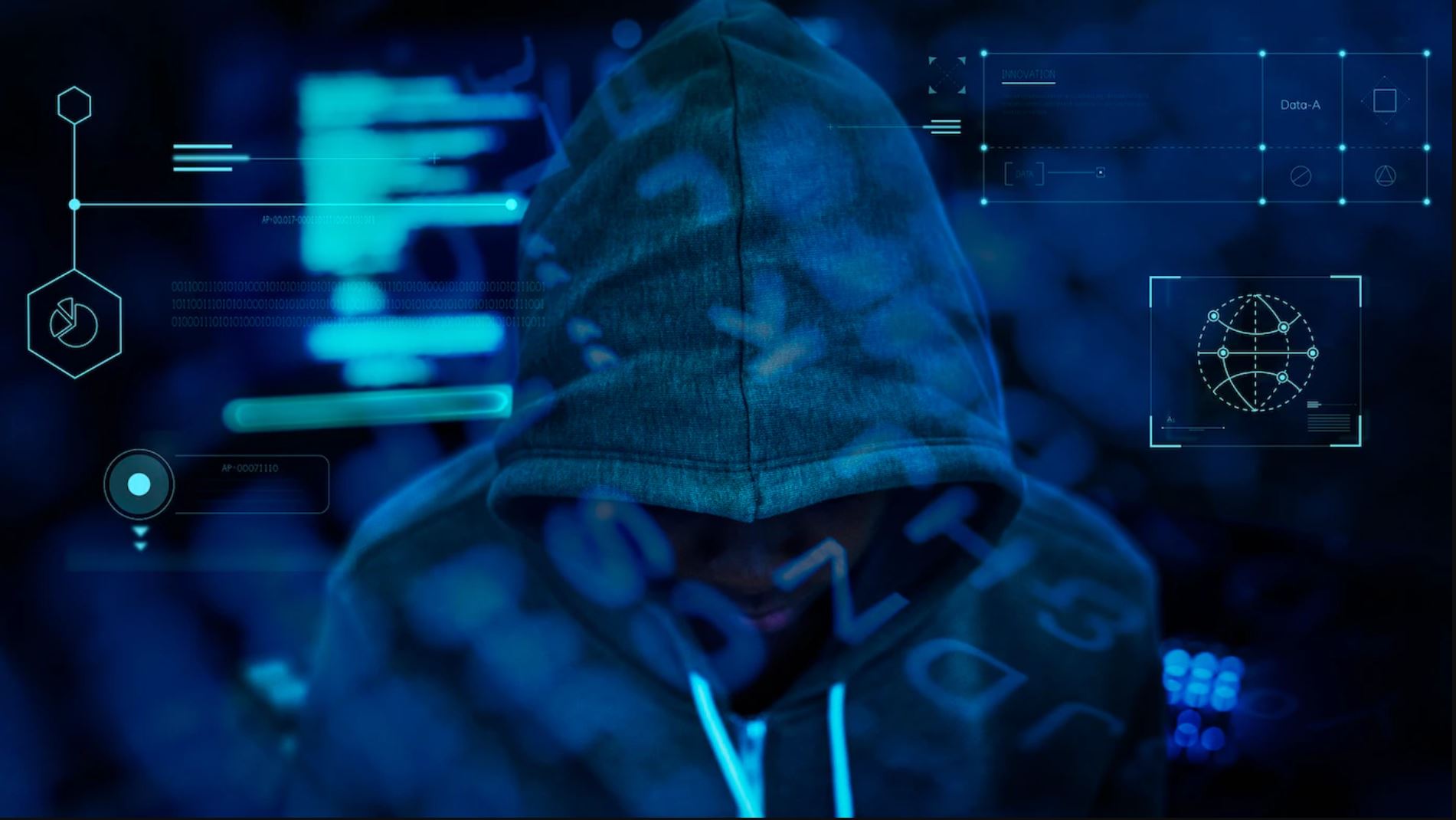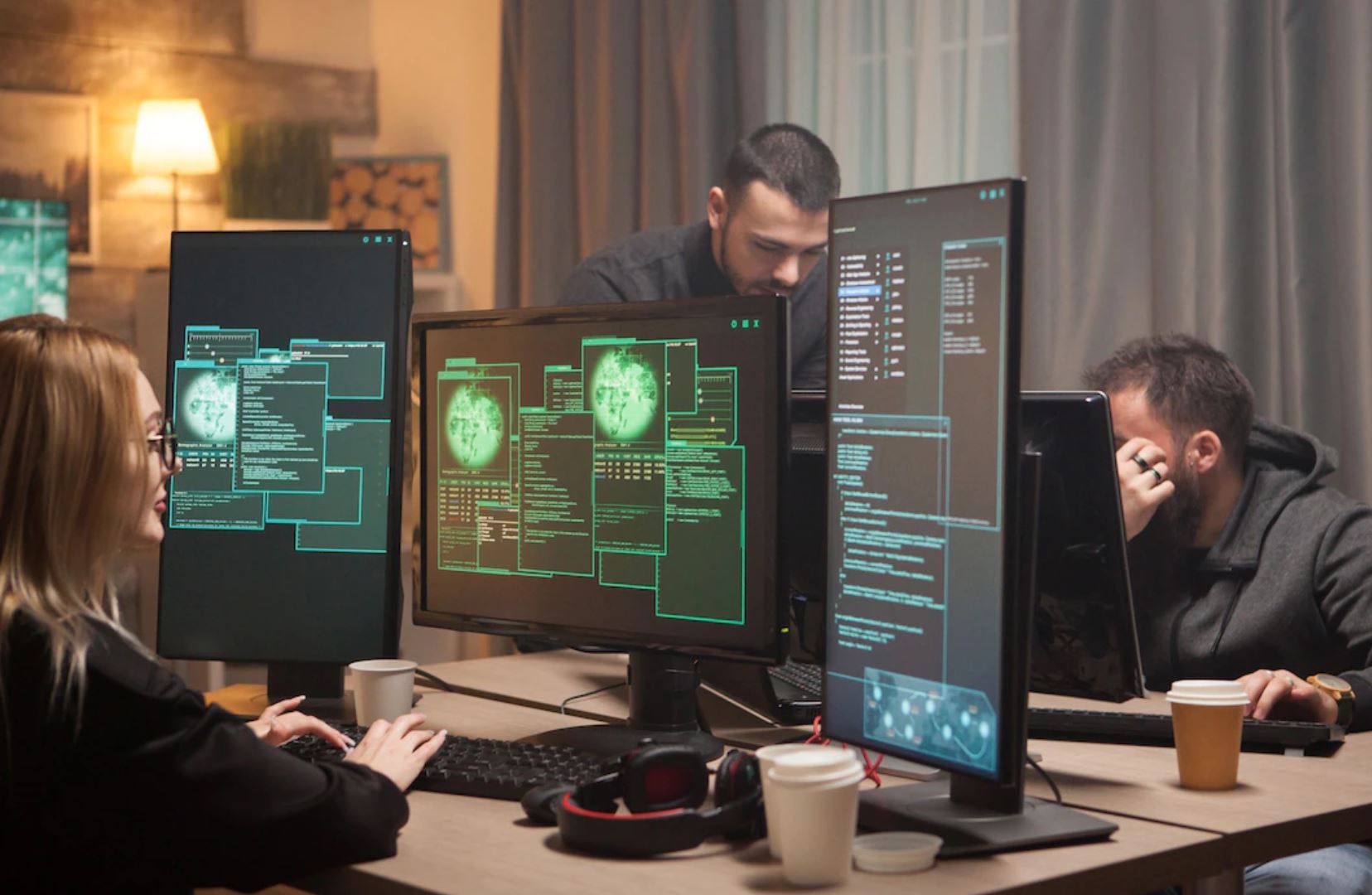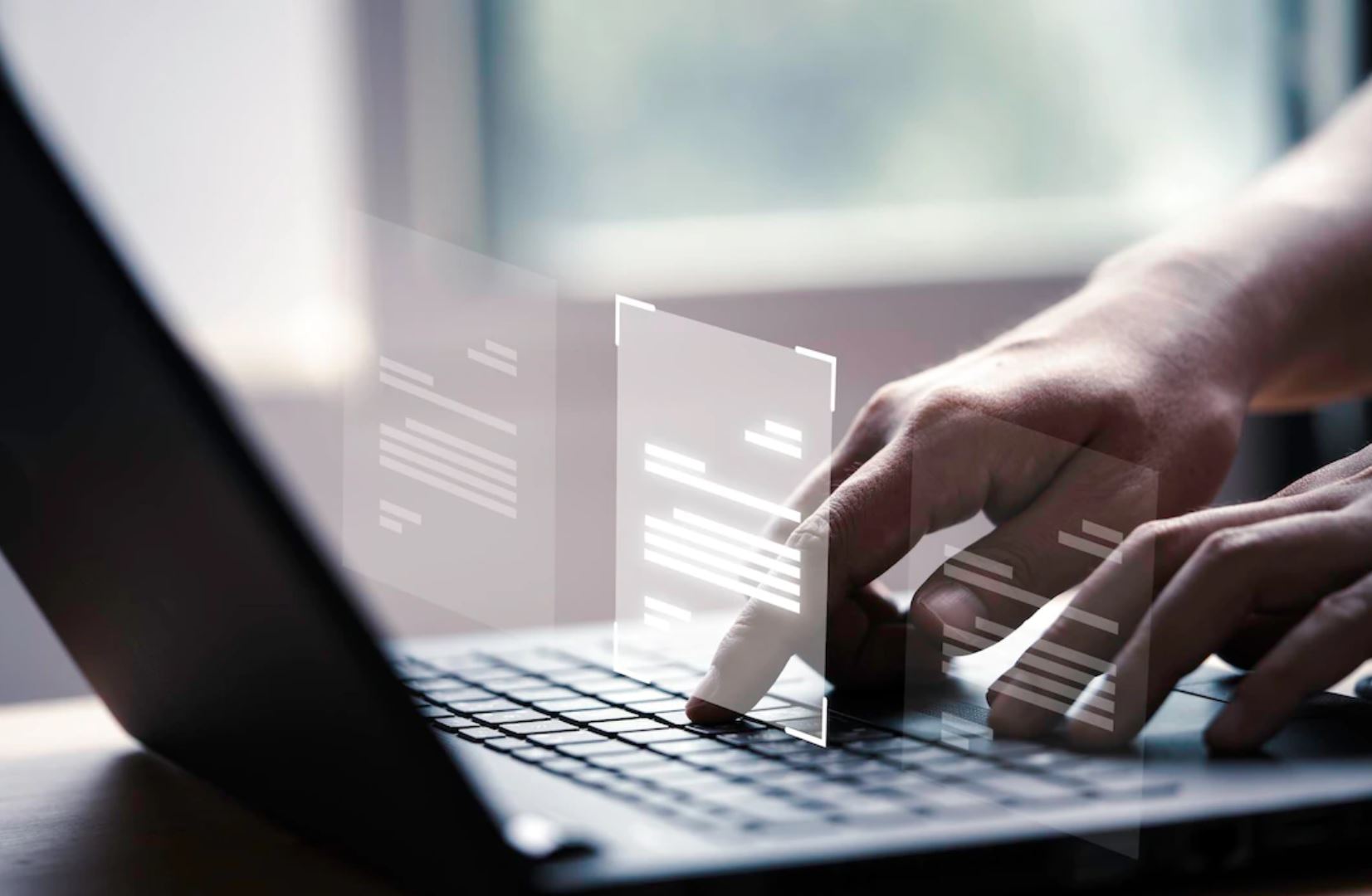BUSINESS IMPACT OF A CYBER INCIDENT
You Have a Successful Business. Is it Well Protected Against Cyber Attacks?
Claim Your Free IT Audit & Consultation Schedule a call with our team

What is Cyber Incident?
According to the Computer Misuse Act (1990), the National Cyber Security Centre (NCSC) defines a cyber incident as a breach of the security policy of a system with the purpose of affecting its integrity and unauthorized access to it.
Several types of activities are recognized as violations of security policies:
- Attempts to gain unauthorized access to a system or to data - is when a person who does not have permission to connect to or use a system gains entry in a manner unintended by the system owner. The popular term for this is “hacking”.
- The unauthorized use of systems for the processing or storing of data - An unauthorized use of data occurs when data is used other than in accordance with its licensing terms by someone who does not have permission to use the data or in a way that interferes with an individual's privacy of the relevant privacy law.
- Changes to a system's firmware, software or hardware without the system owner's consent - Firmware attacks are involved in targeting the firmware in your systems and devices. This is a sneaky attack that can allow attackers to bypass security measures. This is because the firmware sits a layer below the operating system of a computer.
- Malicious disruption or denial of service - A denial-of-service (DoS) attack is a type of cyber attack in which a malicious actor aims to render a computer or other device unavailable to its intended users by interrupting the device's normal functioning.

Why is Cyber Security Important For Business?
And as technology has evolved tremendously over the years, so have the cyber threats and the need for cybersecurity for business.
- Many companies often store sensitive information such as financial data, customer information, and trade secrets. If this information is compromised, it can result in financial loss, reputational damage, and loss of competitive advantage. For this, companies must protect their good sensitive data.
- Also, many businesses are subject to regulations that require them to protect certain types of data, such as personal information. Failure to comply with these regulations can result in fines and legal penalties.
- Protecting against data loss is the other important thing to protect from cybercriminals. As cyber-attacks can result in the loss of valuable data, which can significantly impact business operations. Regular backups and disaster recovery plans can help minimize the impact of data loss.
- It's good to know that a successful cyber attack can damage a business's reputation, leading to loss of customer trust and reduced revenue.
- Another important thing is that cyber attacks can disrupt business operations and prevent organizations from serving customers and fulfilling their responsibilities. By implementing effective cybersecurity measures, businesses can minimize the risk of disruptions and maintain business continuity.
In conclusion, cybersecurity is critical for businesses of all sizes and industries, as it helps protect sensitive information, comply with regulations, prevent data loss, protect brand reputation, and maintain business continuity.

Is It Expensive To Be Well Protected?
The cost of being well-protected from cyber threats can vary depending on several factors, such as the size of the organization, the complexity of its IT infrastructure, and the types of security solutions and services required.
In general, implementing a comprehensive cybersecurity program can be expensive, but protecting valuable assets such as intellectual property, customer data, and financial information is also necessary. Some of the costs associated with cybersecurity may include:
-
Equipment and software: The cost of purchasing and deploying security hardware and software, such as firewalls, intrusion detection systems, and antivirus software.
-
Services and support: The cost of security services and support, such as vulnerability assessments, penetration testing, and incident response.
-
Training and awareness: The cost of training employees on cybersecurity best practices and raising awareness of the importance of cybersecurity.
-
Staffing: The cost of hiring and retaining qualified cybersecurity professionals, such as security administrators and security engineers.
However, the cost of a breach can be much greater than the cost of preventative measures. For example, the cost of data recovery, reputation damage, and loss of customers can significantly outweigh the cost of implementing a comprehensive cybersecurity program.
Therefore, it is important for organizations to carefully consider the benefits of cybersecurity and weigh the costs and risks of not being protected against those of being well-protected.

Cybersecurity Products & Software That Can Protect You.
To build good cybersecurity protection, you need physical products and software that will help strengthen your network against attacks. If you want to view some of the ADVANCED VISION IT's cyber protection solutions, click on the links below.
- Endpoint security and antivirus software - offers a centralized management system from which security administrators can monitor, protect, and investigate vulnerabilities across all endpoints, including computers, mobile devices, servers, and connected devices. Antivirus software helps keep a computer system healthy and free of viruses and other types of malware.
- Cybersecurity Backup - A backup is a copy of the system or network's data for file restoration or archival purposes. Backups are an essential part of a continuity of operations plan as they allow for data protection and recovery.
- Password Vault Manager - A password vault, password manager, or password locker is a program that stores usernames and passwords for multiple applications securely and in an encrypted format. Users can access the vault via a single “master” password.
- Vulnerability Assessment & Patch Management - The main difference between patch management and vulnerability management is that patch management is the operational process of applying remediations (patches) to vulnerable systems. Vulnerability management is the process of identifying, scanning and prioritizing vulnerabilities for remediation.
- Data loss prevention (DLP) - makes sure that users do not send sensitive or critical information outside the corporate network.
- Cloud Security - Cloud security is a collection of security measures designed to protect cloud-based infrastructure, applications, and data. These measures ensure user and device authentication, data and resource access control, and data privacy protection.
- Next-Generation Firewall - protects your network by filtering traffic and acting as a guard between your internal network and the rest of the world. Without a Firewall, your business systems could be left wide open and vulnerable to attack. It also serves as another protective layer to block malicious software.
- Active Directory Security and Recovery are critical components of any organization's cybersecurity strategy. Here are some key steps that can be taken to secure and recover Active Directory.
- SIEM & SOAR - SIEM (Security Information and Event Management) and SOAR (Security Orchestration, Automation, and Response) are both tools used in cybersecurity to monitor and respond to security threats.























